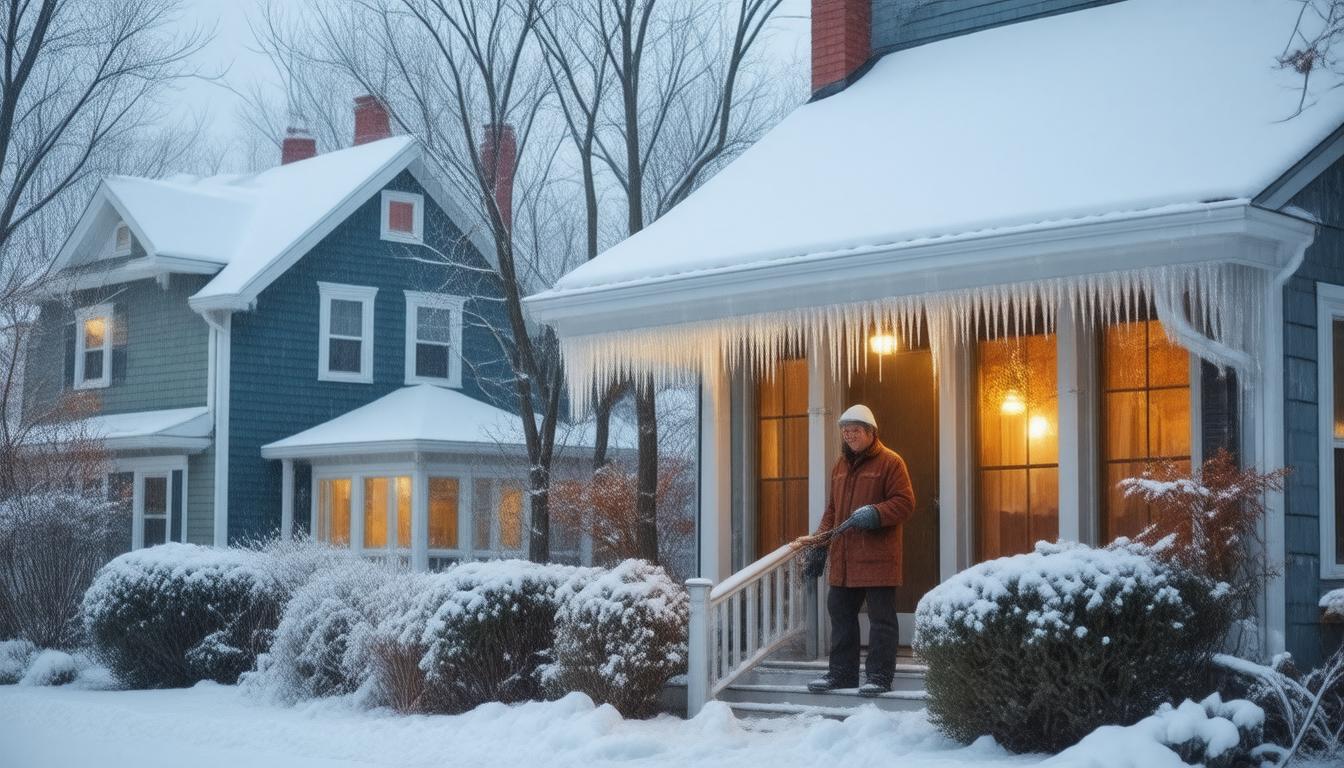

Falling Mortgage Rates and Rising Housing Supply
Mortgage rates have recently seen a notable decline, creating a more favorable environment for prospective homebuyers. This downward trend in borrowing costs is a positive signal for those looking to enter the housing market. As mortgage rates fall, the cost of financing a home purchase becomes lower, making it more accessible for buyers to secure loans.
Simultaneously, the housing supply has been on the rise. This increase in available homes provides potential buyers with more options to choose from, which can significantly reduce the competitive pressure usually experienced in tight markets. For those who have been previously deterred by bidding wars and limited choices, this shift may represent a timely opportunity to re-enter the market.
Impact on Homebuyers and Strategic Planning
Despite the advantageous conditions brought by falling mortgage rates and an increased housing supply, home prices have climbed to record highs. The surge in property prices has made affordability a pressing concern for many buyers, even as borrowing costs fall. This confluence of factors influences buyer behavior and negotiation dynamics, where lower mortgage rates and greater housing options might offer leverage to secure better deals.
Homebuyers are encouraged to engage in strategic planning to maximize the benefits of the current market conditions. Securing preapprovals for mortgage loans can help buyers understand their budget constraints and demonstrate their credibility to sellers. This preparatory step is crucial in a fluctuating market, particularly when home prices remain high.
Financial Strategies and Market Predictions
One effective strategy for leveraging the favorable interest rates is to lock them in early. Rate locks can protect buyers from potential future rate hikes during the homebuying process, offering peace of mind. Additionally, purchasing mortgage points can further reduce interest rates, resulting in significant long-term savings for homeowners. Exploring alternative loan options, such as adjustable-rate mortgages (ARMs), can also provide initial lower rates and the flexibility to refinance if rates continue to decline.
The relationship between mortgage rates and home prices is notoriously complex. High rates can increase the overall cost of purchasing a home, but a robust labor market and rising wages can support continued price growth. Experts predict that as mortgage rates fall and the housing supply increases, home prices may begin to stabilize or even decline, potentially easing affordability issues. For more insights and assistance, visit Spokane Rooter.







